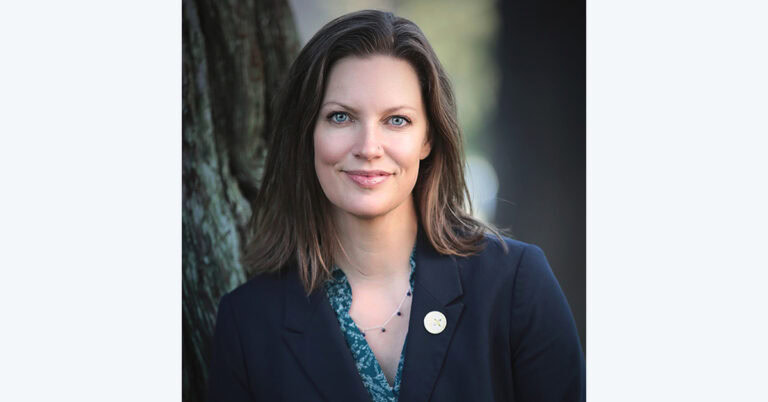Deputy Director
Community Colleges Important Key to Future of Higher Ed in California
February 5, 2007 | CCST Newsroom | Contact: M. Daniel DeCillis
California’s community colleges are a crucial point of entry into higher education for many students in California, and are increasingly coming into focus as a major component of the state’s overall science and technology education system.
“Improving California’s science and technology workforce pipeline will require long-term strategies involving every component of the education system,” said CCST Board Chair Karl Pister. “However, it’s apparent that the community college system is a particularly crucial juncture where the state needs to focus attention if it wants to improve the production of science and math college graduates, particularly among underrepresented groups.” The CCST Task Force Report, California’s Response to Rising Above the Gathering Storm, recommended in part that the state focus on transitions from community colleges to four-year institutions and to graduate schools.
Community colleges are particularly important for students who do not follow the traditional route directly from high school to college or who lack a strong educational background. In the University of California and California State Universities, nearly half of baccalaureate recipients in science and math start out as transfer students from the community college system; a significant percentage of teachers start out there as well. It is therefore no surprise that in response to the recently publicized need for more science and math teachers CSU and UC have been working with the community college system to increase production.
“The community colleges are the largest source of transfer students for the CSU and it is vital that we partner together to help students transfer into teaching programs and complete the essential lower-division coursework,” said CSU Chancellor Charles B. Reed in a recent press release. “We want to provide the needed resources and support for students interested in teaching careers, particularly in the math and science fields where the need is the greatest.”
CSU has signed an agreement with the community college system calling for math and science faculty from both systems to work together on identifying lower-division coursework in math and science majors that focuses on teacher preparation. In addition, faculty will partner with local high school math and science instructors to align and integrate curriculum and field experiences, provide mentoring to students interested in entering the field and provide funding for community college students to serve as paid tutors to develop their K-12 teaching experience.
California Community College Chancellor Marshall (Mark) Drummond noted that California’s community colleges enroll more than half of all freshmen college students in the state and the majority of students from underrepresented communities, as well as serve as feeder schools to all 23 CSU campuses. “Because of this fact, we’re in a unique position to coordinate our effort with CSU to increase the number of fully credentialed and qualified math and science teachers in California,” Chancellor Drummond said.
UC has also formed partnerships with the community colleges through its Science Math Initiative program.
“We’re using seed funding provided by a grant from the Alliance for Regional Collaboration to Heighten Educational Success (ARCHES) to engage students at sixteen community colleges in programs that will hopefully get them interested and prepare them to pursue careers in teaching math and science in the schools,” said Edward Landesman, associate director of Intersegmental Relations, UC Science and Mathematics Initiative. “The community colleges are definitely where we need to be looking in order to draw more students into science and math teaching.”
The Community College System itself is working on ways to facilitate student success, using a grant from the Lumina Foundation to study ten campuses and disaggregate student academic performance data and look for identifiable blockages or gateways that prevent certain underrepresented students from moving further in their pursuit of education.
“We are looking to establish a proven and uniform framework to help us help more students reach their educational goals,” said Drummond. “Our partnerships with the CSU and UC are important pieces of the puzzle. What remains is for us to understand how best to put these pieces together.”




